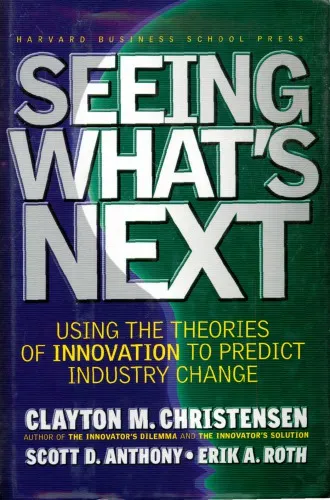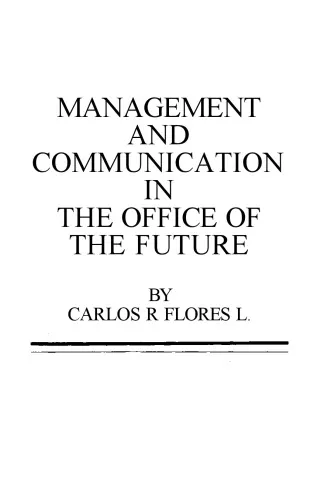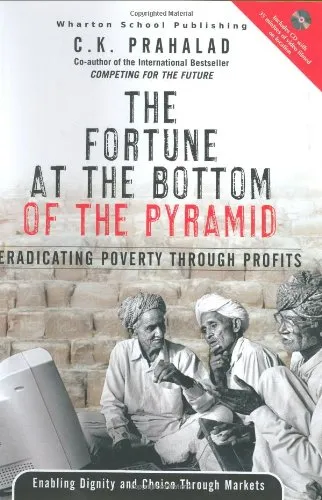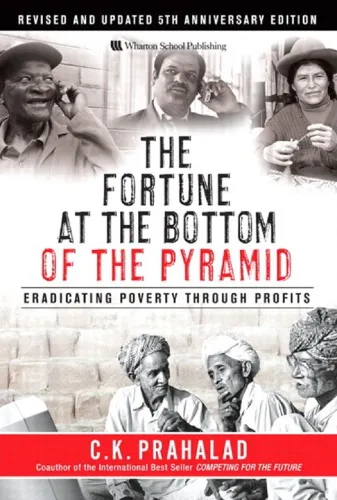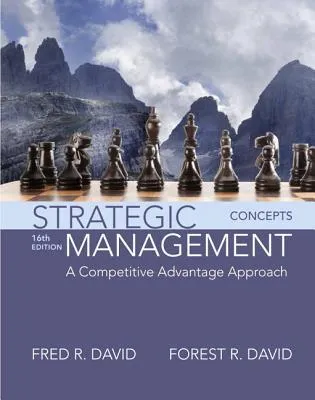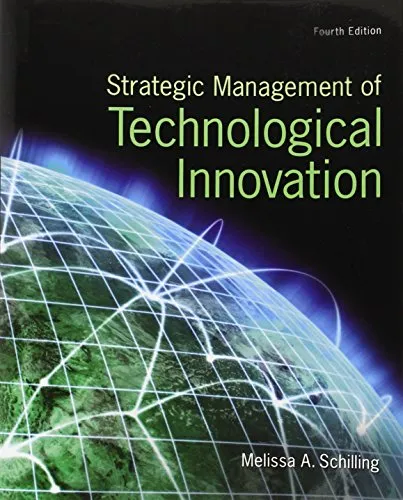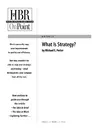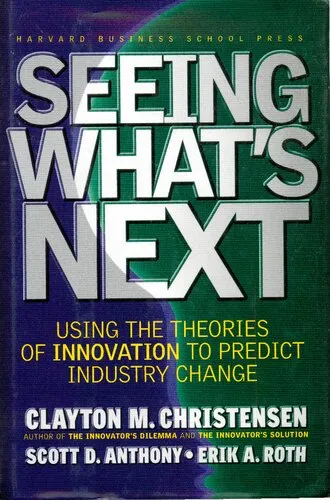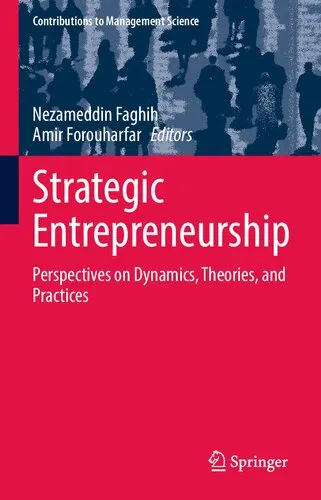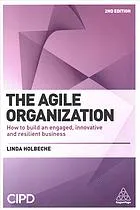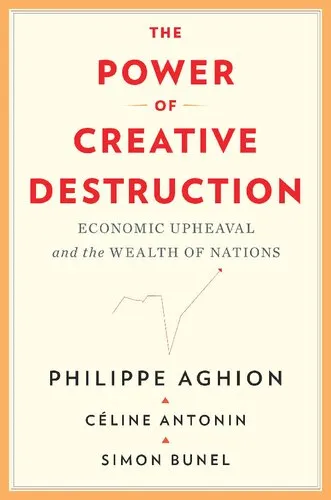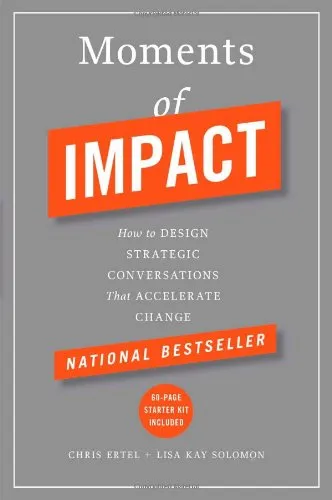Seeing what’s next: Using the theories of innovation to predict industry change
4.5
Reviews from our users

You Can Ask your questions from this book's AI after Login
Each download or ask from book AI costs 2 points. To earn more free points, please visit the Points Guide Page and complete some valuable actions.Related Refrences:
Introduction to "Seeing What's Next: Using Theories of Innovation to Predict Industry Change"
In the ever-evolving landscape of global markets and industries, the ability to anticipate changes can be a significant competitive advantage. "Seeing What's Next: Using Theories of Innovation to Predict Industry Change" is a groundbreaking book that offers fresh perspectives on how to navigate and predict changes within industries. Authored by Clayton M. Christensen, Scott D. Anthony, and Erik A. Roth, this book provides a toolkit of theories and frameworks designed to decode the patterns of market dynamics and innovation.
Detailed Summary of the Book
At the heart of "Seeing What's Next" lies the compelling task of understanding how firms can foresee and shape future industry transformations. The authors delve into the essence of innovation by using proven theories, specifically the Theory of Disruptive Innovation. This theory has historically been used to explain how small companies with fewer resources can successfully challenge established businesses. By looking into past and present industry changes, the book outlines how these theories can serve as predictive tools.
Through a series of detailed analyses, the book examines several case studies from various industries including technology, telecommunications, healthcare, and finance. These case studies illustrate how companies have either succumbed to or thrived in the face of disruptive innovations. The authors expertly interpret these examples to demonstrate how understanding the signals of change can provide powerful insights and strategic clarity.
Key Takeaways
- Disruptive innovation is not just a buzzword, but a strategic lens that organizations must adopt to remain competitive.
- Organizations need to identify "jobs" that customers want done, and seek ways to serve these needs better than existing solutions.
- The book provides actionable strategies on how leaders can manage the delicate balance between investing in innovative ventures and existing business operations.
- Predicting industry change involves understanding the circumstances under which new technologies or business models are likely to succeed.
Famous Quotes from the Book
"When the primary customer, user, or supplier in an industry becomes more or less 'performance demanding,' dominant business models can be disrupted."
"The theory of disruptive innovations is not about predicting the future. It's about making sense of the past and present so that you can create the future."
Why This Book Matters
In a world where the pace of technological and market changes is ever-increasing, business leaders and policymakers must be equipped to navigate these complexities. "Seeing What's Next" offers a robust intellectual foundation for understanding and leveraging innovation dynamics. Unlike other business books that focus primarily on retrospective success stories, this book empowers its readers to anticipate future developments through rigorous analytical lenses.
Furthermore, the insights provided in the book are not only academic but also practical, making it an invaluable resource for executives, entrepreneurs, and strategists aiming to secure their organization’s future in a volatile market. Its value lies not just in presenting theories but in showing how these theories can actively shape strategic decision-making and operational efficiency.
Free Direct Download
You Can Download this book after Login
Accessing books through legal platforms and public libraries not only supports the rights of authors and publishers but also contributes to the sustainability of reading culture. Before downloading, please take a moment to consider these options.
Find this book on other platforms:
WorldCat helps you find books in libraries worldwide.
See ratings, reviews, and discussions on Goodreads.
Find and buy rare or used books on AbeBooks.
1480
بازدید4.5
امتیاز0
نظر98%
رضایتReviews:
4.5
Based on 0 users review
Questions & Answers
Ask questions about this book or help others by answering
No questions yet. Be the first to ask!
